Can Loons Walk on Land? Is It Normal?
Last Updated on
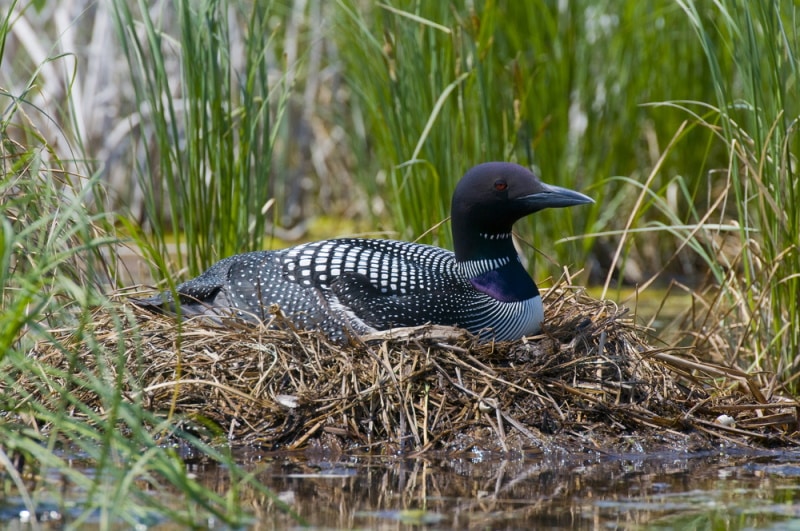
Loons are excellent divers and fliers but cannot walk on land. Their legs are too far to the end of their body, making walking difficult. When they are on the ground, they often hop or scoot around to get where they need to go.
Loons generally only come to land to nest. Even then, they only stay close to the bank, where they make a nest using vegetation and mud. After the eggs hatch, the chicks learn to fly within a few weeks.
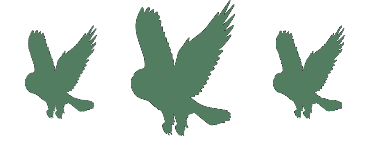
Can Loons Walk on Water?
Loons can “walk” on water due to their long, webbed feet. However, it doesn’t mean they can literally walk on it—it only lasts for a few seconds while taking off or landing. Although it may look effortless, walking on water takes a lot of energy for these birds.
Loons use their webbed feet to push against the water and propel themselves forward. Then, when they need a rest, they can tuck their feet underneath their body and float. Loons are also excellent swimmers and can dive up to depths of 200 feet in search of fish. Their streamlined bodies and powerful wings help them to swim swiftly and gracefully through the water.
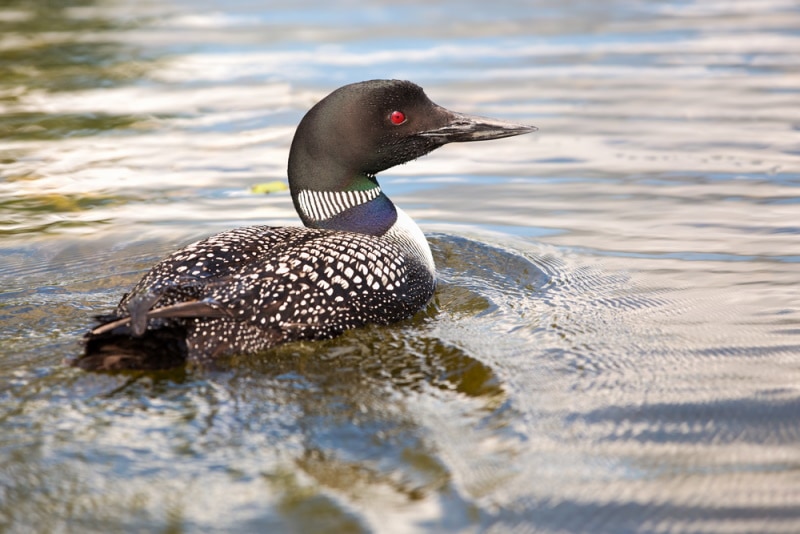
The loon’s feet are specially adapted for their aquatic lifestyle. The toes are webbed, and the nails are sharp, which helps them to grasp slippery fish. The loon’s feathers are also waterproof, which keeps the bird warm and dry when swimming and diving. Plus, they have strong beaks to help them tear apart their prey.
These adaptations make the loon ideally suited for life in the water. That’s why the bird spends most of its time in the water.
Which Other Birds Cannot Walk on Land?
Apart from loons, there are some other species of birds that cannot walk, including auks and grebes. These species have evolved to live in water or on land but not both.
Birds that cannot walk typically have large, webbed feet that are adapted for swimming but not for walking. Here are some examples:
Grebes

Grebes are waterfowl with long necks and legs. Their feet are webbed, which helps them to paddle through water but makes it difficult for them to walk on land.
Like loons, their legs are located far back on their body, making it difficult for the fowl to propel their bodies forward without disturbing the hydro and aerodynamics.
Kingfishers

Kingfishers are another group of birds that have difficulty walking on land. Their tiny legs are perfectly adapted for sitting on branches and searching for food.
However, this same adaptation makes it difficult for them to walk because they cannot grip the ground with their feet. Instead, their feet have just the proper curvature to grip branches.
Swifts

Swifts are small, aerial birds that are known for their fast flying. They can fly for months without stopping. That’s why they mate, feed, and sleep in the air.
They mostly stop flying when they have to nest. Even then, they cannot walk on land because their legs are not adapted to walking or standing.
Hummingbirds
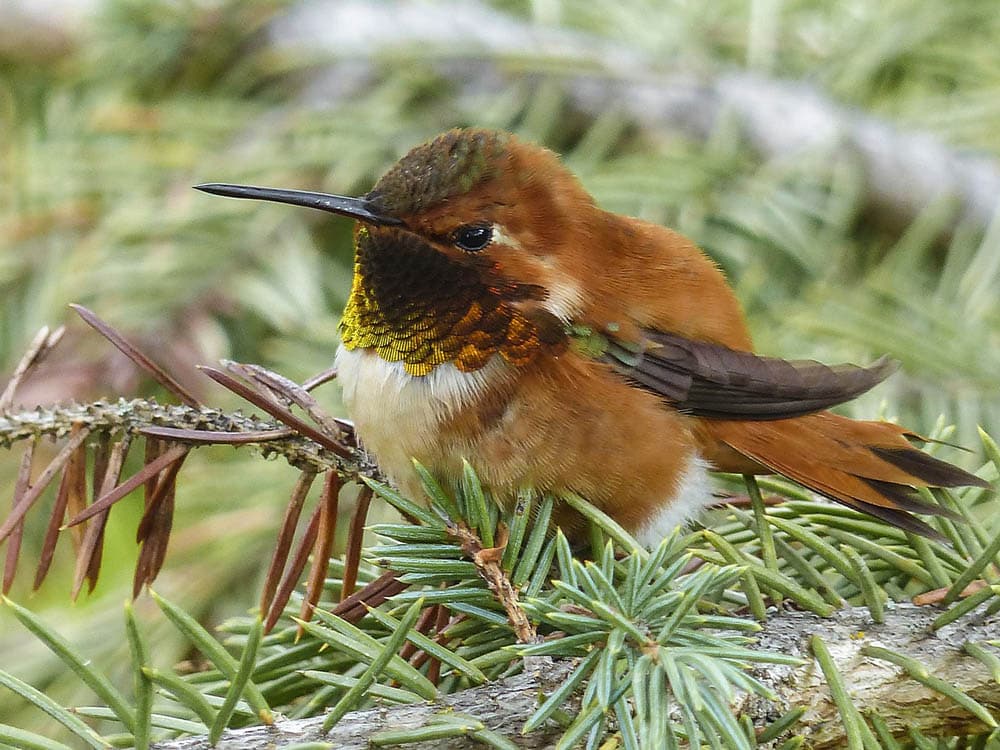
Hummingbirds are the smallest birds in the world. Their small size and aerial capabilities make it difficult for them to walk on land. In addition, their legs are very short, which makes it difficult for them to take steps forward.
They use their legs to sit on branches and perch, but not for walking. However, you’ll hardly see them walking since their legs are weak and short.
Where Do Loons Sleep?
Loons sleep in the water, where they can rest their heads on their backs. The water provides them with a sense of security, and they often sleep in the same spot each night.
Loons will sleep with their heads out of the water, so they can be easily awakened if necessary. They typically nap for up to 15 minutes. When they have to sleep, they turn their heads to the side and tuck their beaks into their back feathers. It helps them stay warm and comfortable.
Loons usually only sleep for short periods since they need to be alert for protection against predators. However, they have been known to fall asleep while swimming.
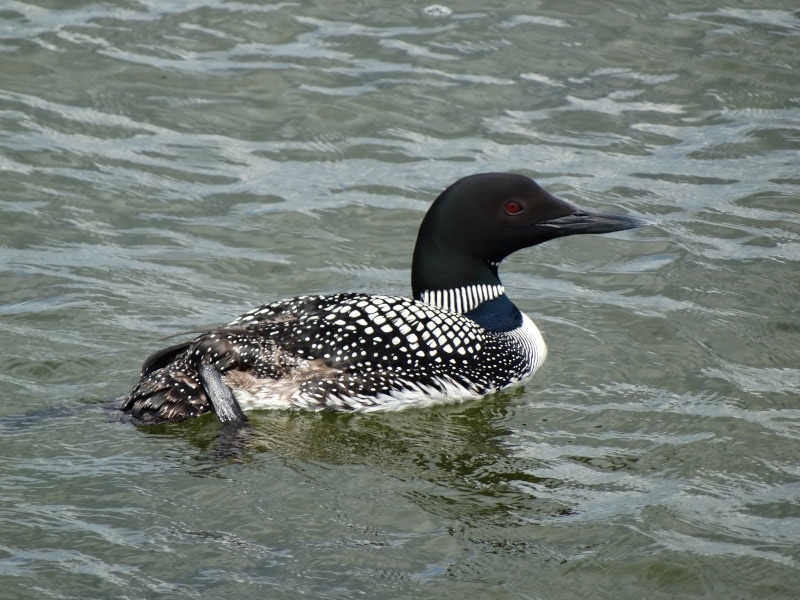
Why Do Loons Flap Their Wings?
Loons are among the largest flying birds known for their beautiful calls and eerie cries. Many people believe that loons flap their wings to propel themselves through the air, but this is not the case. Instead, loons use their wings to help them swim.
They also flap their wings when using the water as a runway to start their flight. However, loons cannot take off like other birds because they have large, heavy bodies.
Instead, they must run along the water’s surface until they gain enough speed to lift off into the air. Flapping their wings helps them keep their balance while running on the water.
Loons may also flap their wings to ward off predators or to signal distress. The wing flapping also helps to keep the loon’s feathers dry and in good condition.

How Do Some Birds Walk on Land?
Birds walking on land have feet specialized for perching or walking. The toes of these birds are usually arranged in pairs, with the first and fourth toes pointing backward. The arrangement is called an anisodactyl foot. The middle toe is the longest and faces forward, while the outer toes are shorter and curve inward. This type of foot is also found on some lizards and bats.
Birds walking on land typically have sharp, curved claws that help them grip branches and tree trunks. These birds use their beaks and feet to climb up and down trees. Some species, such as woodpeckers, use their tails as stabilizers while climbing.
Most birds that can walk on land are found in the tropical forests of Central and South America. These include species such as the cock-of-the-rock, hoatzin, and iguana bird. Other birds that can walk on land, such as the kiwi and some species of penguins, are found in New Zealand and Antarctica.
It’s also interesting to note that some birds run or walk while others hop. Birds who spend a lot of time in trees prefer hopping because it conserves energy and helps them move quickly through the branches. Birds that live on the ground, such as quails and killdeers, tend to run or walk.


Final Thoughts
Loons cannot walk on land because of the placement of their legs. Since their legs are too far on their rear end, there’s no way to walk without compromising on aerodynamics.
That’s why loons only swim and fly. In fact, they can fly for long distances without resting. Likewise, they can dive in the water for up to 200 feet for five minutes at times.
Featured Image Credit: Steve Oehlenschlager, Shutterstock
About the Author Jeff Weishaupt
Jeff is a tech professional by day, writer, and amateur photographer by night. He's had the privilege of leading software teams for startups to the Fortune 100 over the past two decades. He currently works in the data privacy space. Jeff's amateur photography interests started in 2008 when he got his first DSLR camera, the Canon Rebel. Since then, he's taken tens of thousands of photos. His favorite handheld camera these days is his Google Pixel 6 XL. He loves taking photos of nature and his kids. In 2016, he bought his first drone, the Mavic Pro. Taking photos from the air is an amazing perspective, and he loves to take his drone while traveling.
Related Articles:
10 Types of Hummingbirds in Arkansas (With Pictures)
8 Types of Hummingbirds in Nebraska (With Pictures)
5 Types of Hummingbirds in Idaho (With Pictures)
3 Types of Hummingbirds in Mississippi (With Pictures)
8 Types of Hummingbirds in Kansas (With Pictures)
5 Types of Hummingbirds in West Virginia (With Pictures)
5 Types of Hummingbirds in Ohio (With Pictures)
Where Do Nuthatches Nest? Nuthatch Nesting Habits Explained
